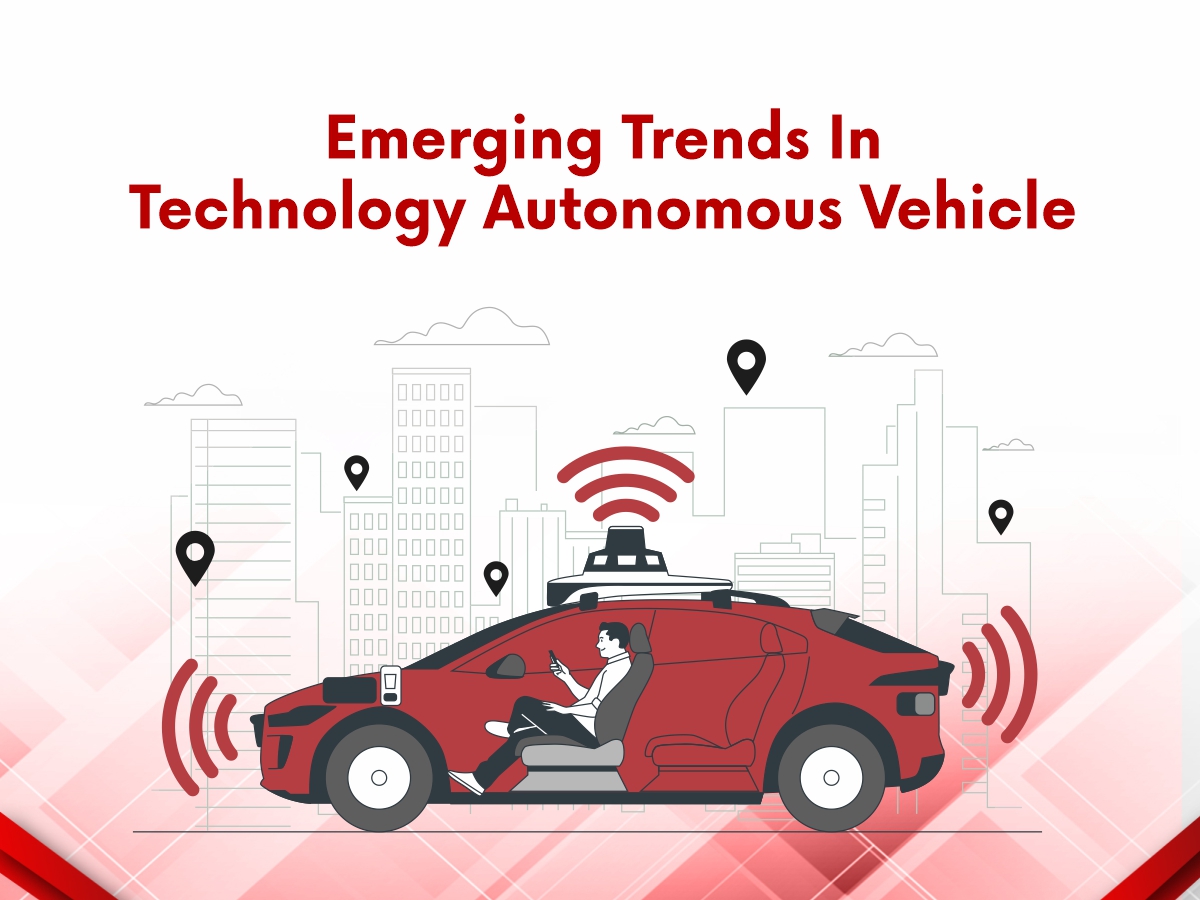
The thought of an autonomous/self-driving car has sparked the interest of many individuals. Self-driving cars are interesting, and we can’t get enough of seeing them on the road with no one in the driver’s seat. However, there aren’t many self-driving vehicle technology on the market. As a result, the focus of this article is on emerging trends in autonomous vehicle technology.

Academic experts have been motivated by the revolutionary shifts in mobility that are gradually becoming a part of our reality. The emerging trends in autonomous vehicles (AV) sector has pushed entrepreneurs all over the world to create the technology since it has numerous advantages. Self-driving cars are one of the ways Uber and Lyft are decreasing costs. However, saving money isn’t the only advantage of self-driving automobiles. Some of the key advantages of autonomous vehicles include reduced fuel usage, reduced CO2 emissions, and reduced traffic congestion.
Large companies around the world continue to file patents for autonomous vehicles (AVs). AVs can improve road safety while lowering the environmental footprint of vehicles. Among those recently issued, some interesting ones are Apple, Facebook, and Google. They are making big strides toward creating different visions of mobility. These companies want to focus on driver experience, and they have a wealth of resources to pour into making these visions a reality.
Recently Apple was given two patents related to self-driving automobiles by the United States Patent and Trademark Office (USPTO).
The biggest tech contender in the mobility space is probably Google, which has been patenting intellectual property as fast as the leading car companies and once even considered building its own fleet. In 2016, Google parent Alphabet Inc. created Waymo, a company dedicated to commercializing Google’s self-driving car technology, and began a hunt for partners.


© Copyright 2024 – Wissen Research All Rights Reserved.